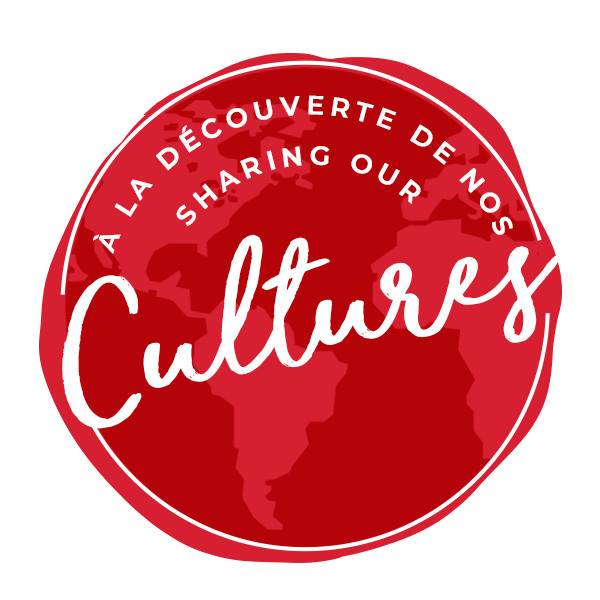Lebanon
The Cedars Ski Resort
Lebanon is a mountainous country with summits reaching heights of over 10,000 feet. It is often referred to as the “Switzerland of the East.” Lebanon is home to six well-equipped, well-maintained ski resorts, located on the Mount Lebanon range that faces the Mediterranean and offers terrific downhill ski slopes.
The six resorts have a combined 46 ski lifts totaling 30 km in length. Lebanon’s ski resorts are accessible on a day trip with the nearest ski resorts less than an hour’s drive from the capital, Beirut. The sociable Lebanese ensure that the après-ski scene is as memorable as the skiing. A seventh ski field, a steep and rugged one that is suitable for the most intrepid skiers only, is at Mount Hermon.
History
Skiing was introduced to Lebanon in 1913 by Ramez Ghazzoui, a Lebanese engineer. When Ramez returned from his studies in Switzerland, he introduced his friends to the sport in the mountains near Aley in Mount Lebanon.
In 1934, Le Club Libanais, the first ski club in Lebanon, was founded by Mauritius Tabet, Mounir Itani, and sisters, Andrée Khasho and Aimée Kettaneh. The following year, the French Army established the first ski school at Le Grand Cèdre hotel at the Cedars of God in northern Lebanon. In 1937, the school moved to a high mountain barracks, and would later become known as the Military Ski School.
By the 1940s, Lebanon had established competitions, clubs, and ski schools throughout the country, and began competing at an international level. In 1947, Lebanon competed for the first time at the international championship in Chamonix, France, with Michel Samen carrying the Lebanese flag. One year later, Lebanon competed in the Winter Olympic Games for the first time at the 1948 Winter Olympics in St. Moritz, Switzerland.
Lebanon has six ski resorts with groomed slopes, catering to snowboarders and skiers of all levels.
Beyond the skiable domains kilometers of cross-country skiing and snowshoeing trails are waiting to be discovered. Lebanon has something for everyone. Each of the ski resorts has a different flavour; however, it is Mzaar, previously known as Faraya Mzaar, in Kfardebian that offers world-class infrastructure and facilities for tourists. The Cedars resort is ideal for nature getaway seekers, and Laqlouq is suitable for families with levels up to intermediate.
Weather in Lebanon
During September the temperature in Lebanon drops resulting in rain. Snow fall usually starts in December and ends in March. The region that gets most of the snow is in the north of Lebanon where most of the skiing hills are found. Snow can also be found in the valley region.
The weather is mostly moderate due to its location near the Mediterranean Sea. In the winter, snow fall occurs relatively and in the summer time temperatures vary from 30 degrees Celsius to 35. Different fruits grow with each season. For example, in the summer time grapes is one of the major fruits which grow. In the winter time mostly Olives and Clementines, as well as lemons and oranges. Spring time is when cherries, strawberries, and apples start to grow.
Wine making
If the phrase “triumphing against the odds” applies to winemakers anywhere in the world, then surely it is in Lebanon. Lebanon is a paradise for grape growing with its limestone soils, high altitude vineyards, and near perfect climatic conditions. But this tiny and strategic country sits in one of the world’s most troubled areas, engulfed by the currently chaotic state of Syria to the north and east and, with huge unease, sharing its southern border with Palestine and the Golan Heights. After Lebanon became part of the Arabic realm, alcohol production was eliminated except wine produced for Christian religious purposes.
Modern Lebanese winemaking dates back to 1857, when Jesuit Monks planted grapevines at Chateau Ksara in the Bekaa Valley. These were Cinsault grapes brought over from Algeria. A decade later Domaine des Tourelles was created by a French Engineer, Eugene Brun. Through World War I, Lebanon was under the control of the Ottoman Empire after which time it was placed under French mandate. In 1930, Gaston Huchar founded Chateau Musar, Lebanon’s most famous winery. By the end of World War II, Beirut had obtained the reputation of an international city with a strong French influence. This was very helpful to the Lebanese wine industry and likewise, the wines produced tended to be French (Bordeaux or Rhone) in style.
The Cultural Environment
Lebanon is a very multicultural country. It consists of many different religions and tribes of different backgrounds. The religions in Lebanon are different sects of Christianity, Islam, and Dorz, as well as the Armenian religion. Although there are many different religions in Lebanon, this does not stop the people from being socially and culturally interactive within their environment. Muslims live near Christians and vice versa.
Everyone respects each other’s religion and even greet them on their celebrations. For example in Ramadan, the Muslim’s month of fasting, Christians appreciate and respect that Muslims are not eating and therefore they don’t eat in front of them. Similarly, at Christmas time Muslims go and visit their Christian friends or neighbours and share with them in their celebrations. In Lebanon, no matter what religion people follow there is never discrimination against them because at the end we all belong to one country … Lebanon. And no matter where you are in Lebanon you can always find someone to help you. People are nice and great when it comes to interactions within their social and cultural environment and with others.









